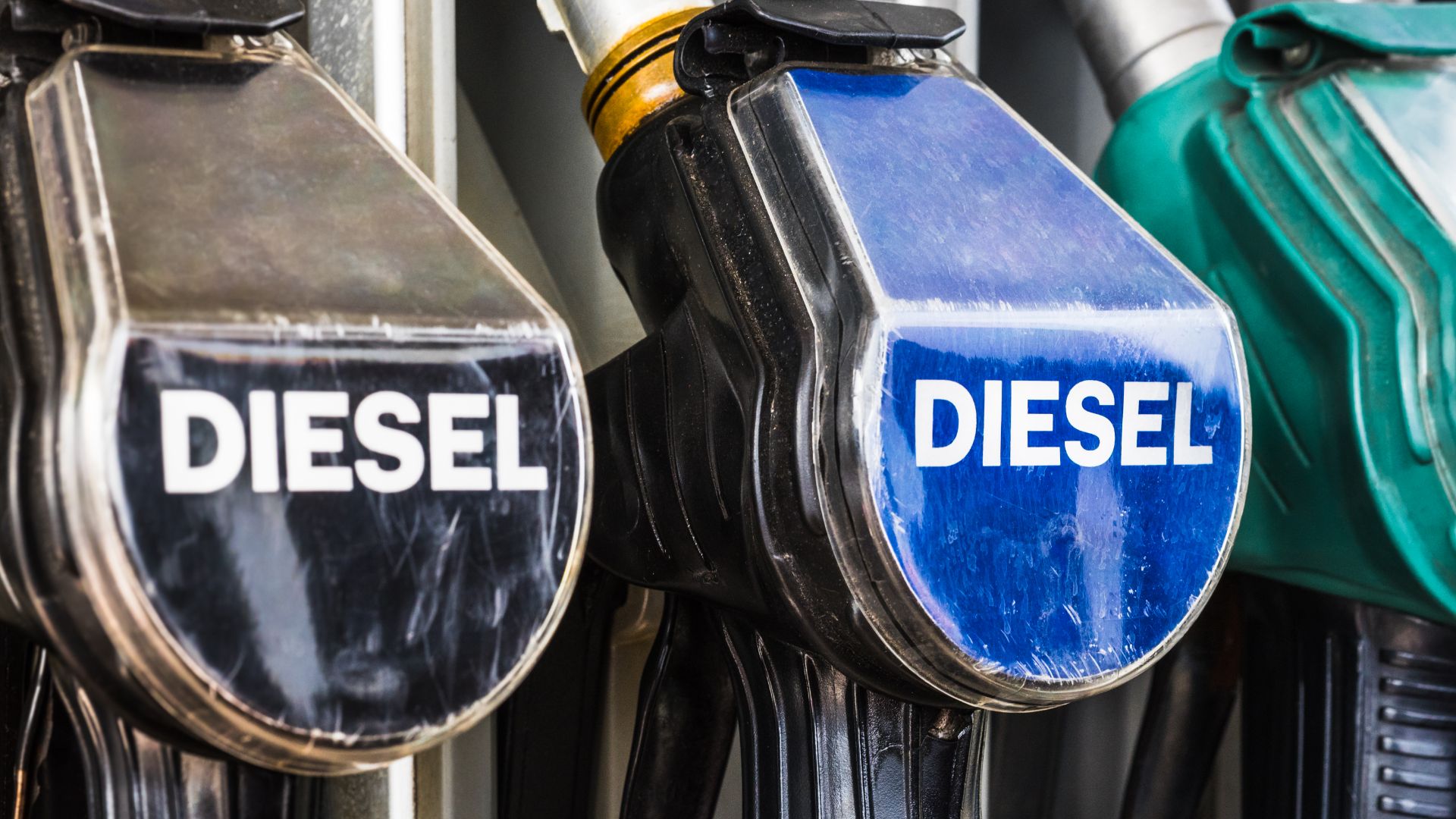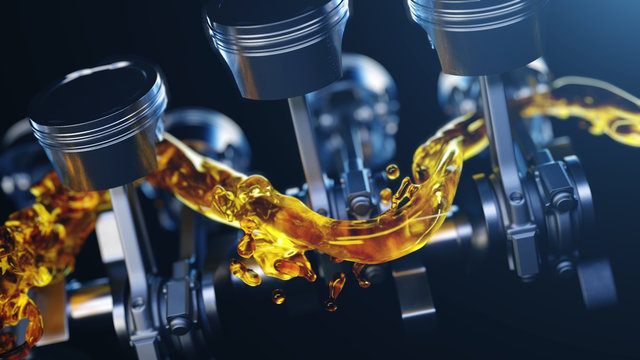Nozzle separator for heavy crude oil dehydration
Achieve efficient dehydration of heavy crude oils with precision-engineered nozzle separators, ensuring optimal separation and high-purity end products crucial for downstream refining processes.

Dehydrates and Separates Heavy Crude Oil
The ODB 260 Nozzle Separator from GEA Group is a cornerstone solution for the oil and gas industry, designed to efficiently dehydrate and separate heavy crude oil and bitumen. Utilizing a modular design and a single ODB 260 nozzle centrifuge, it ensures continuous, automatic operation with high-speed performance. Engineered for land-based and offshore applications, its compact skid-mounted system integrates seamlessly into existing production lines, minimizing space requirements and facilitating easy maintenance. Rated at a capacity of up to 250 m³/h, it optimizes the processing of crude oil derivatives, diesel fuel, and petrochemicals, significantly enhancing throughput. The system’s automatic PLC controls and Ex-zone compatibility ensure safety and reliability, while its carbon steel construction with stainless options offers corrosion resistance suitable for harsh operational environments. Pre-assembled and factory-tested, the ODB 260 reduces on-site commissioning time, aligning with industry standards for oil field operations.
Benefits
- Enhances oil recovery and purity through efficient separation and dehydration processes.
- Minimizes operational space due to its compact, skid-mounted design.
- Decreases setup time with pre-assembled, factory-tested units.
- Supports safe operations in hazardous zones with Ex-zone compliance.
- Reduces maintenance needs with easy-access components and automatic operation.
- Applications
- Gas, Bitumen, Oil, Energy sector, Crude oil, Heavy crude oil
- End products
- Diesel fuel, Crude oil derivatives, Asphalt, Petrochemicals, Lubricants, Gasoline, Jet fuel
- Steps before
- Extraction, Drilling, Transportation
- Steps after
- Dehydration, Desalting, Storage, Distribution
- Input ingredients
- heavy crude oil, bitumen
- Output ingredients
- dehydrated crude oil
- Market info
- GEA is known for its expertise in engineering innovative and sustainable equipment and solutions, focusing on sectors such as food, beverages, pharmaceuticals, and energy, with a reputation for quality, efficiency, and advanced technological applications in industrial processing.
- Rated Capacity
- Up to 250 m³/h / 37, 700 BPD
- Nozzle Centrifuge Type
- ODB 260
- Automation
- Automatic Operation
- Installation Zones
- Ex-zones 1 or 2
- Operational Weight
- Low
- Design Standards
- Oil Field Standards
- Transportability
- Single Point Lift
- Drain Connection
- Carbon Steel Drip Pan
- Automation level
- Automatic/PLC-controlled
- Batch vs. continuous operation
- Batch / Inline Continuous
- Cleaning method
- CIP / Manual
- Energy efficiency
- Low operational weight
- Installation adaptability
- Land-based / Offshore
- Corrosive resistance (e.g. acids)
- Yes
- Abrasion resistance
- Yes
- Density/particle size
- Varies with crude oil type
- Cleanability
- Designed for easy maintenance
- API grade compatibility
- 13 and below
- Ex-zone certification
- Suitable for installation in Ex-zones 1 or 2
- Oil field standards
- Designed according to oil field standards
- Machine footprint
- Compact, modular design
- Skid design
- Self-supporting frame with drip pan and lifting lugs
- Transportability
- Single point lift with lifting lugs
- System configuration
- Single nozzle centrifuge (ODB 260)
- Installation type
- Land-based or offshore systems
- Material
- Carbon steel drip pan
- Capacity
- Up to 250 m3/h
- Operational weight
- Low weight for easy handling
- Control unit
- Motor starters and programmable logic control
- Test bay pre-delivery
- Factory assembled and tested
- Control panel type
- PLC with motor starters
- Modular Concept
- Yes, with single system option
- Lifting Mechanism
- Single point lift with lifting lugs
- Frame Design
- Self-supporting, compact skid
- Operational Zone Suitability
- Ex-zones 1 or 2
- Performance Configuration
- Parallel operation for increased capacity








